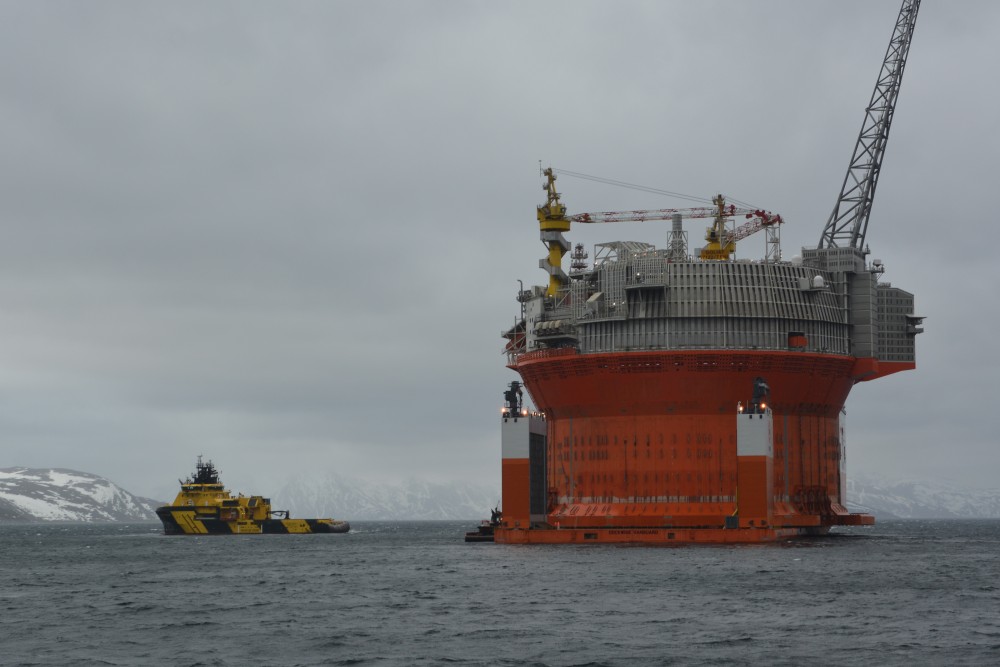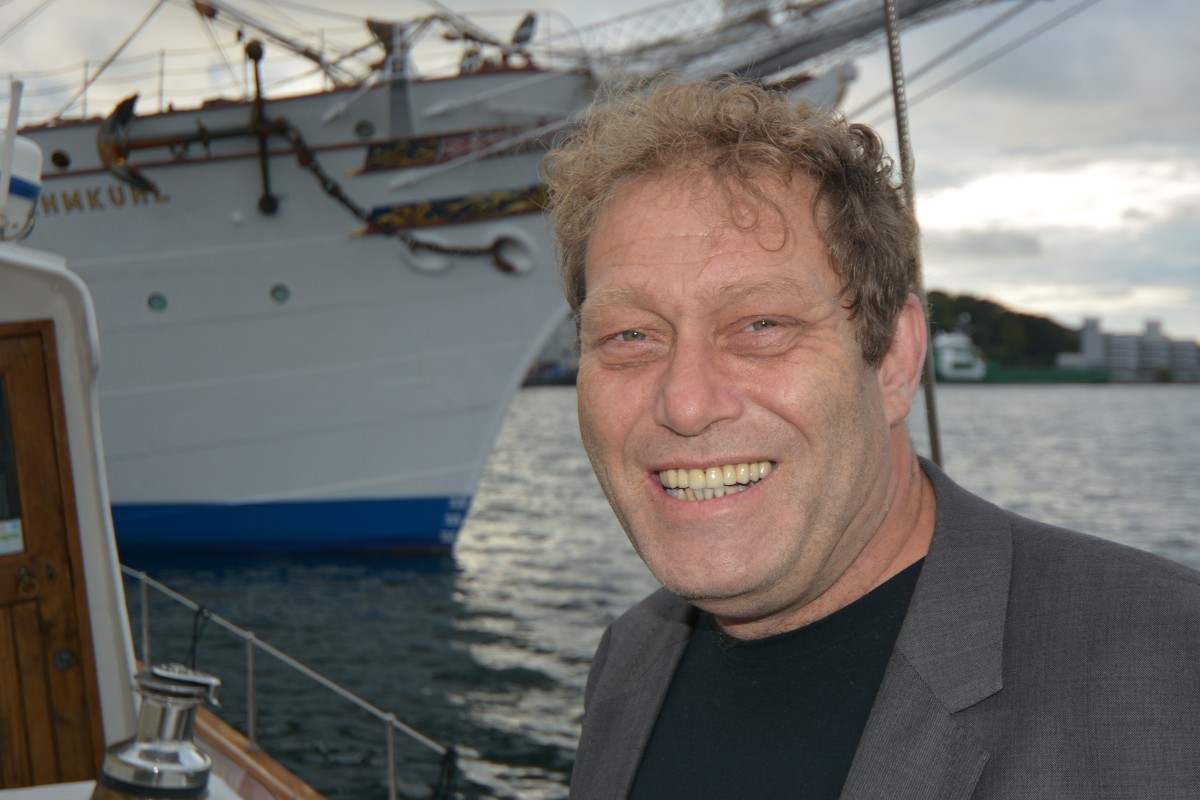Safety authority orders Goliat oil production shut down

On Friday, the Petroleum Safety Authority Norway issued an order to ENI Norge AS to shut down all production at the Goliat rig. This action came after an audit of the electrical safety on board discovered threat of ignition related to electric motors.
“Until the order has been complied with to the PSA’s satisfaction, all production from the Goliat floating production, storage and offloading unit must remain shut down,” the agency writes.
“Time has run out for ENI. The company is unable to adopt to standards needed to drill for oil in Arctic waters,” says Frederic Hauge, head of the environmental group Bellona. He compares ENI’s behavior with a reckless driver. “When you have been stopped countless times for speeding, you lose your driver license,” he told the Barents Observer.
The audit of the electrical safety took place in late September and was followed up by a meeting with ENI on Oct. 4. That meeting led to the issuing of an notice of an order the day after. A day after the notice, the order to shut down production was issued with immediate effect.
PSA orders ENI to “complete the systematic survey of potential ignition sources related to electric Ex motors.” On the basis of the survey, ENI must “implement the necessary technical, operational and organizational measures to reduce as far possible the threat of ignition from all faults which represent an ignition source.”
Located 88 kilometers (about 55 miles) north of Hammerfest on Norway’s Barents Sea coast, Goliat is the world’s northernmost offshore oil production facility. Production started in March 2016 after more than two years delay. Since then, production has been in a mode of on-off-on-off.
ENI Norge holds 65 percent share of the production license. Statoil holds the other 35 percent.

‘Back to port’
Hauge says it is only one solution to the problems on board.
“The Goliat platform must be taken back to port. It was not ready when production started last year and what we see now is a result of that. The platform is not safe.”
Hauge argues that PSA made a mistake when start up license was granted in 2016.
“This is a very bad example of how Arctic oil drilling should be carried out,” Hauge says. He believes the combination of “weak Norwegian safety requirements» and «a extremely brutal and cynical oil company” jeopardize both the safety for the crew on board and the fragile Barents Sea environment.
“Norway’s Petroleum Safety Authority should not allowed Goliat to start production,” Frederic Hauge says.
ENI Norge has not published any response to the shut down order by PSA and has so far not responded to questions by the Barents Observer.
Director of external communications and public relations, Andreas Wulff, says to Aftenposten that ENI takes note of the order and will comply with PSA’s requirements.
‘Troublesome’
In April this year, Wulff told the Barents Observer that Goliat’s first year of operation “had been more troublesome than expected.”
Several gas leaks were detected during the first year of operation. In addition, Goliat has seen a list of other troubles:
- March 2016: Oil production starts
- August 2016: Platform evacuated after power loss
- December 2016: Production stopped due to error with pipe between platform and tankers
- February 2017: Production halted due to failure in a valve
- April 2017: PSA issues notice because some security systems were not known to personnel on board
180 million barrels
Goliat field is facilitated by using a subsea system consisting of 22 wells. There are 12 production wells, seven water injectors and three gas injectors. At full capacity, the field will produce 100,000 barrels of oil per day.
In total, the field is estimated to contain about 180 million barrels of oil.